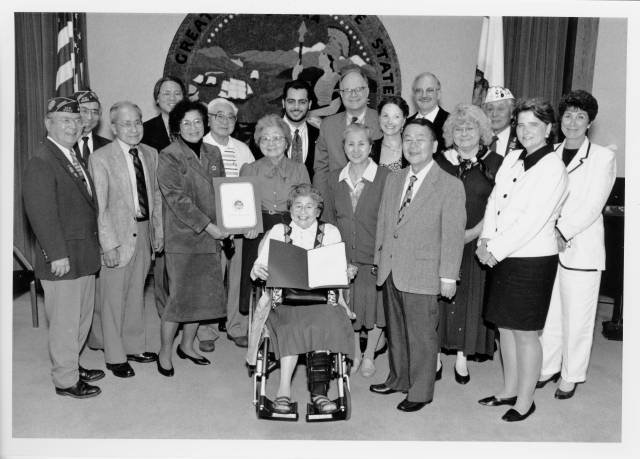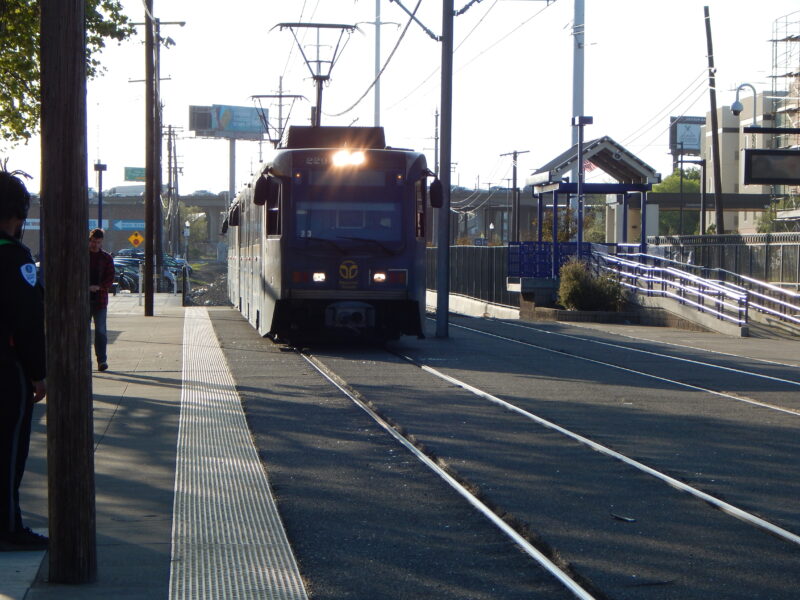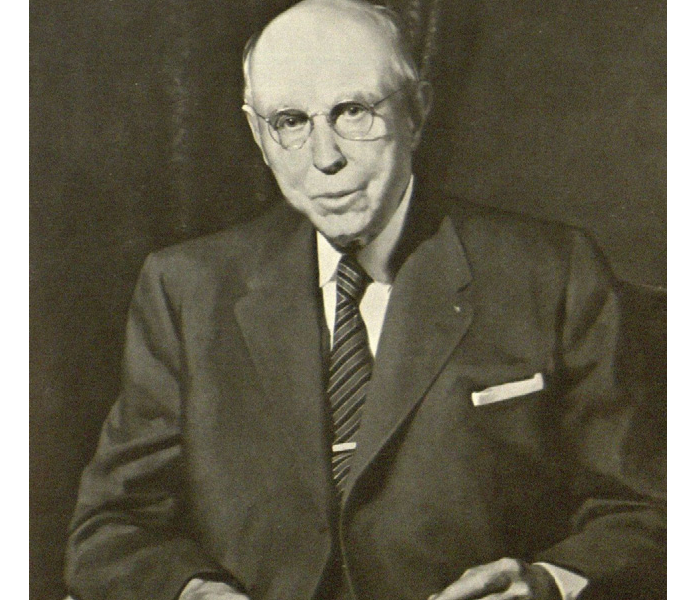The Sac State archive is something that most students do not step foot in. Due to this, many students do not know that we have one of the most prestigious Japanese American Archival Collections, JAAC, which we house on campus. The collection was acquired in 1994 when Mary Tsukamoto donated photos, documents, and artifacts. Being from the central valley and a teacher, Tsukamoto found it important to donate these items outlining the Japanese American experience in the Central Valley and internment camps, which she and her husband both spent time in. After her initial donation and after urging the Japanese American community in Florin and around the Central Valley to donate their artifacts is how our campus started the JAAC.1 While I was on campus, I noticed that we tend to put more emphasis on the Tea Room in the library, rather than these historical artifacts. In fact, we have not had much publicity since the mid 1990’s to the point where the majority of students do not know about the collection.
When we first acquired the collection into our archives in 1994, the school released a pamphlet on what was included in the donations from Mary Tsukamoto and the Florin Japanese American Citizens League Oral History Project. The pamphlet does not only describe the new artifacts but describes what Japanese Americans went through in Internment camps during World War II in the Central Valley and Sacramento area. This was the first publication which told their story and told campus about JAAC in our archives.2
While doing research, I found an accolade that the JAAC and the university library received. In 1995, Governor Wilson recognized the JAAC and their efforts to preserve Japanese American Artifacts, by awarding the CSUS library the Governor’s Historic Preservation Award. He also gave the CSUS library a letter stating how appreciative he was of the measures that the library took to preserve California’s diversity and culture.3 The people who were presented this award were Titus Tayama who was president of the Japanese American Community League, Mary Tsukamoto, Sus Satow who was a member of Nisei Post 8985, George Passantino who was a legislative aide, and Charles Martell who was the Dean of Library on campus.4 Each of these people had a role to play in getting the JAAC the started and the recognition it deserved.
Throughout the mid-90s, our campus put on multiple events and articles in honor of the JAAC, as a way to advertise it. In the Capital University Journal, they had a two-page spread outlining some of the artifacts that our school houses and what each of the objects were. This Spring 1995 edition of the journal not only advertised to students on campus, but to alumni; showing how important the acquisition of these artifacts were to campus.5 The library also held an exhibit in 1995, which told the stories of internment, World War II, and post-war experiences. The exhibit included a miniature house that could be found in the internment camps.6 All these initiatives to get the JAAC recognized by the campus community only happened between 1994-1995.
From the CSUS Archives: JAAC
There is still one initiative that is continued today; that is digitizing the collection.7 We are still digitizing the collection but do not advertise it in a way that students can easily find it. This could be a way for students to get involved and to learn about Japanese American history, but it is not actively advertised to students who might be interested. If more students had access and knew about this collection, it would foster more of a connection, not only on campus, but with the surrounding communities.
Bibliography
- Reid, Dixie. “Sacramento State.” News | Sacramento State, August 31, 2015. hAps://www.csus.edu/news/arEcles/2015/8/31/sac-state-to-digiEze-world-war-ii-internment-documents-.shtml. /
2. “The LibraryCalifornia State University, Sacramento RespecRullyAcceptsintothe Archival CollecEons The Japanese American CiEzens League Oral History Project and The Mary Tsukamoto Japanese American CollecEon.” November16,1994. JA 70,Box1, Folder 2.
3. Wilson, Pete. Governor’s LeAer to CSUS Library. May 1, 1995. JA 70, Box 1, Folder 2. Japanese American Archival Collection, CaliforniaStateUniversity, Sacramento Library.
4. Presentation of the Governor’s Historic Preservation Award for the Japanese American Archival Collection at California State University, Sacramento.Photograph. Sacramento State University Library: Digital Collections. Sacramento , May 1, 1995. California State University, Sacramento Archives. hAps://csus.contentdm.oclc.org/digital/collecEon/jaac/id/370/rec/2.
5. Gifts Give Voice to Quiet Struggle of Interned Japanese Americans .” Capital University Journal, 1995.
6. The Japanese American Cultural History Exhibit. Sacramento, CA: California State University, Sacramento, 1995.
7. Reid, Dixie. “Sacramento State.” News | Sacramento State, August 31, 2015. hAps://www.csus.edu/news/arEcles/2015/8/31/sac-state-to-digiEze-world-war-ii-internment-documents-.shtml. /



I’m very happy that the information has started to become digitized for the new age. Information like this could be considered obscure and can easily be forgotten in today’s time if not brought to the broader world through the internet.
Thank you for informing Sac State students about this collection. I was unaware of the collection and look forward to a closer look. Japanese Americans have a roller coaster of a past in the United States and it is nice to see some and a voice for their past. A digital copy of the collection will be great for being accessible to countless seekers of information.